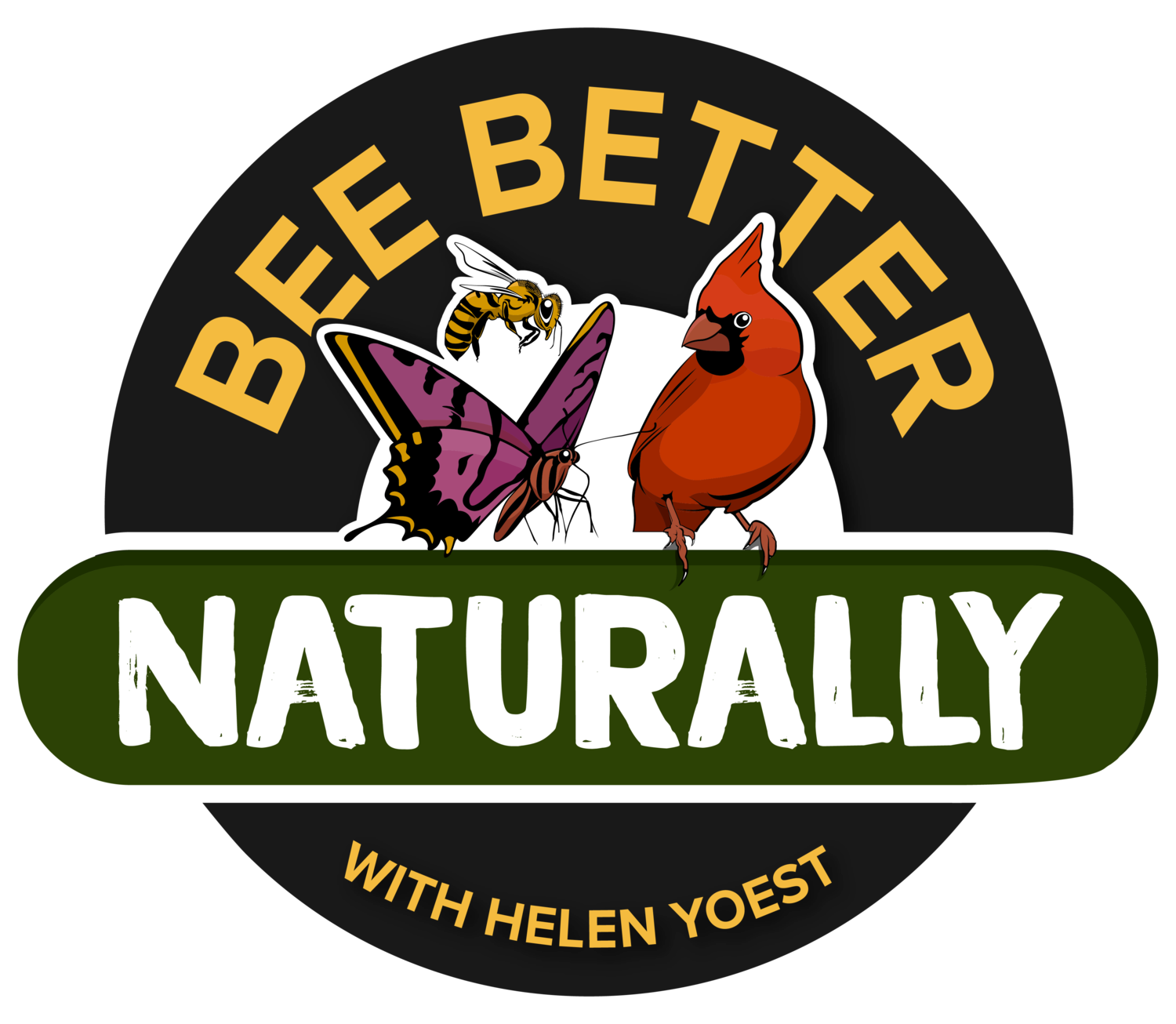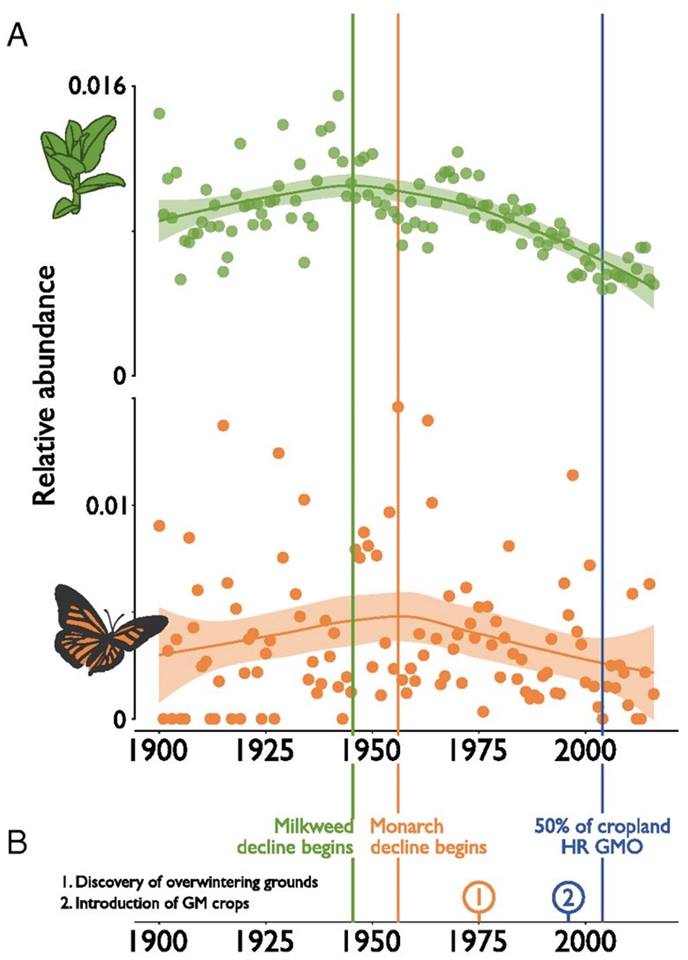Pollinator Plants for Shade
Pollinators will find what they need, no matter what; yes, even shade-loving plants have a pollinator.
The first thing to consider in selecting plants for shade is knowing the type of shade you have. Here’s is a Bee Better Naturally post that will help with this.
Remember, too, there is a lot of overlap. Don’t get too worried if your area is part sun or part shade. Measure the amount so you know for sure! Also, when is it shady. Morning sun is kinder than afternoon sun.
How-To Make a Hypertufa Trough
Hypertufa troughs are an earthy and natural container that goes with every garden style. Modeled after ancient stone troughs that were once used to hold water and feed for livestock in England and the Orient; later they were repurposed into planters.
The look of these troughs as containers became very popular. When there weren’t enough to go around, or as they became too pricey, people began to make their own.
Certification in Sustainable Gardening by Bee Better Naturally with Helen Yoest
Bee Better Naturally is excited to announce to #Raleigh- area gardeners, Helen Yoest will be offering a seven-week sustainable gardening certification. This course will also be offered online within the year. Stay tuned!!!
To register, click HERE.
Certification in Sustainable Gardening—Seven-Week Course. We will be offering two classes. One on Thursday evenings from 6:30 to 8:30 and the other on Saturday afternoon 1:00 to 3:00.
How-To Make a Moss Dish
Naturally, Helen Yoest
How-To Make Tweet Treats
Naturally, Helen Yoest
How-To Build a Bird Bubblier
Want to give a gift that keeps on giving? No, I’m not talking about sunchokes, Helianthus tuberosus. Instead, consider making a homemade bird bubbler that will be popular with resident and migratory birds and fulfill your wildlife requirements. Although a birdbath will do, moving water adds additional value.
Mysteries of the Monarch
If I were to give you a butterfly quiz, I’m quite sure you could pass. No pressure. Here we go. Which butterfly has drastically decreased in populations during the last decade? Unless you’ve had your head in the sand, you probably know about the decline of the monarch butterfly populations, as upwards of 90 percent.
When Water Falls, Wildlife Listen
‘Color’ Commentary of the Kirsch Garden
On a summer afternoon in early June, I had the luxury of visiting the Kirsch’s garden in Portsmouth, Virginia. Sitting on the back deck with a view of the Elizabeth River, Mike, Carolyn, and I basked in the environment.
As three nature-lovers sipped (very) good wine, the conversation flowed and only silenced long enough as we witness the squirrel’s antics on their dedicated peanut station or to watch the birds flock feeders. I can think of no other way to enjoy the day; time together continued, in our same spots, with coffee in the morning.
Garden Glossary
Fruits Grown in the Bee Better Teaching Garden
The Bee Better Teaching Garden experiments with several types of fruit trees and shrubs. Our criteria first and foremost are the fruits performance without spraying. We also consider plants for an average residential property, so we look for varieties that are self-pollinating and also dwarf varieties.. Below is a list of the fruits we have in the teaching garden.
Feed the Birds
When that winter chill hits you such that all you want to do is sit at the kitchen table with a cup of hot cocoa and watch the birds, it’s time to put out the feeders. Bee Better readers typically plant for the birds, but when you want to attract the birds to a nice location to see from inside the home, fill your feeders and feed the birds!
Bee Better Naturally with Helen Yoest 10 MAR 2016
Bee Better Naturally has a lot of exciting changes to come. While I’m still learning how to use Squarespace, my now website hosting site, I’m also learning how to create online courses. I thought the first mini-course would be ready by now, but I realized I was rushing things and have pulled back. Instead of an April 1st launch, I’m now looking to lunch on Earth Day, April 22nd. Stay tuned. The course is called the Monarch 95% Club.
Did you know in nature, only 5% of monarch butterflies reach adulthood? Our mini-course includes a members site and a download of ten of the most common milkweeds across the US with graphics.
The Monarch 95% Club is a membership site; and as a member commits to growing not only more milkweed but also raising monarch egg and caterpillars to adulthood, vastly increasing the survival rate up from just 5%.
Stay tuned!!!
As we grow our courses, we hope to expand our mailing list. If you haven’t already subscribed to our newsletter, where we off a free monthly maintenance gardening guide, please do so. For more than ten years I have been adding and tweaking these 12 posts to be more wildlife friendly including food and decorating. I hope those of you who have subscribed, find it helpful. If so, I’d love for you to leave a comment!
You may have heard I’m leaving Ferrington Village as one of their gardeners. I loved the work, but it was time to move on. It was the fastest two years and three months I can remember. Why? Well, there were several reasons, but I wanted to do more challenging and rewarding work, so I’m back writing and focusing on technical writing. I’ll be a technical editor and writer for Merck Pharm. I’m super excited. And knowing I’m back at a desk all day, I can save my physical strength to work in the Bee Better Naturally Teaching Garden!
Bee Better Naturally with Helen Yoest is alive and well. You’ll see even more from me. As mentioned above, I will be writing and producing online courses. These online courses will be challenging and rewarding.
So lots of exciting happenings with Bee Better Naturally. If you are on Facebook, click here to like our page at Bee Better Naturally with Helen Yoest.
Also if you subscribe to this site (see above yellow bar) you will also get a free download of Getting Ready for Bluebirds!
Until soon, Helen
Factors in the Milkweed, Asclepias spp., Decline
NATIVE East of the Rockies MILKWEEDS FOR MONARCHS
Our director, Helen Yoest, has grown a lot of different milkweeds in her home garden she calls, The Bee Better Teaching Garden. Some milkweeds are more successful in attracting adult monarch butterflies to lay her eggs than others types. And the very best and most widely available, is the non-native tropical milkweed, Asclepias curassavica. This non-native has brought with it controversy as to its use. Keep reading. You can help!
WHAT HAPPENED?
The monarch butterfly population in North America is down by 90% in just the last 20 years. One of the biggest factors in monarch decline is the increasing scarcity of the monarch’s host plant, milkweed, Asclepias spp.
We humans have a tendency to want to point to an accuser, even though there are often many factors to any problem. In this case the accuser is Big AG. Their crime? Using genetically modified organisms (GMOs) or in other words, seeds or crops.
How GMO Seed Works. GMO seeds are seeds that have been modified for specific traits. In the case of corn grown throughout the midwest, GMO corn seed is resistant to Roundup and can be used on corn crops to control weeds, and not affect the corn plants.
These weeds, in a large part, are milkweed. Without milkweed, monarchs can’t successfully reproduce and the species declines. By planting milkweed in your own garden, landscape, and throughout your community, you can help reverse this decline of monarchs, at least in a small way, and by doing so, you become a part of a bigger group helping!
There is no doubt GMO seed use contributed to the decline in milkweed populations, but there is scientific evidence to show monarch butterfly and milkweed declines significantly predate the use of genetically modified crops.
We believe there are many factors attributed to this decline including sprawling urbanization, loss of native grasslands, as well as droughts and deluges. . Our focus should not be on the past, but rather to the future and what WE can do now.














